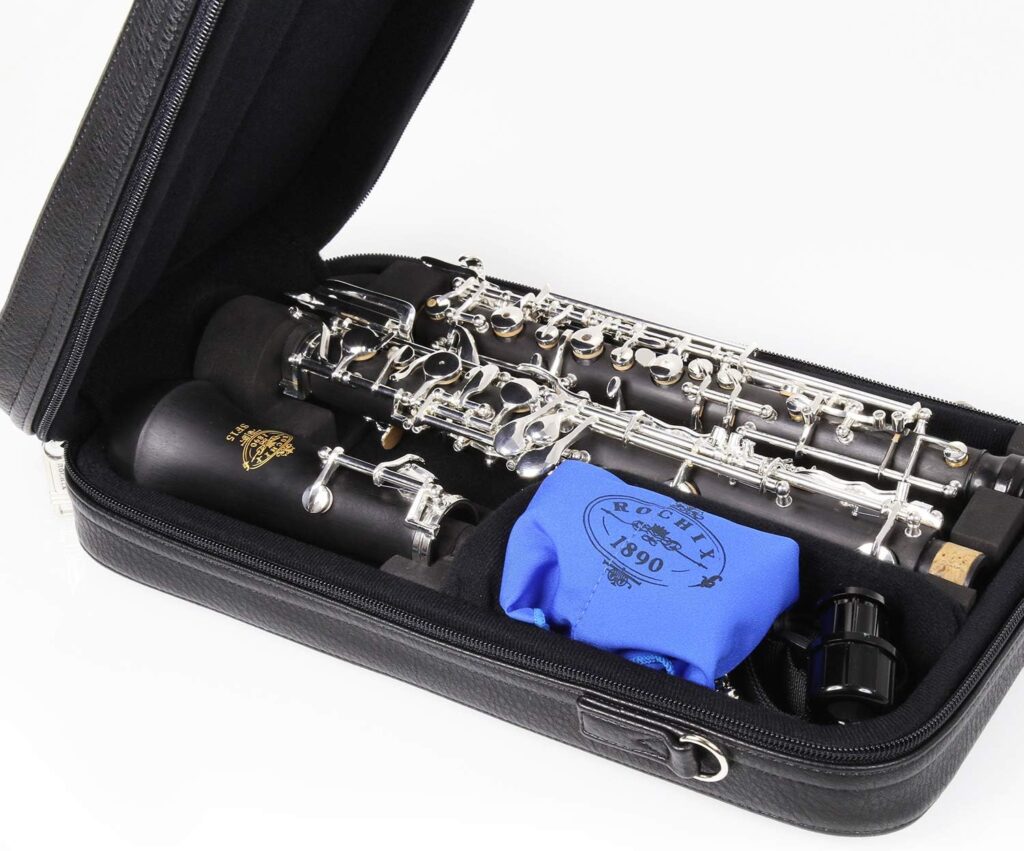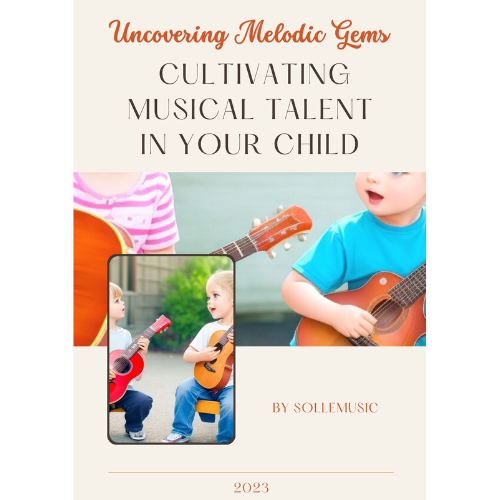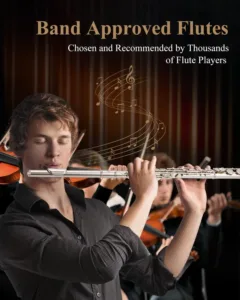The world of music is adorned with a plethora of instruments, each with its unique charm and melody. Among these, the oboe stands tall, captivating audiences with its distinctive sound and intricate designs. In this comprehensive guide, we will navigate through the enchanting universe of oboes, exploring their diverse types, historical significance, and the artistry behind their creation.
A Harmonious Prelude: Types of Oboe
Oboe d’Amore: Adding Depth to Melody
The Oboe d’Amore, or “oboe of love,” is a mellower variant that infuses a warm and velvety timbre to the music. Tuned a minor third lower than the standard oboe, it boasts a curved tube design that contributes to its unique resonance. Frequently employed in baroque music, this oboe type adds depth and emotional richness to compositions, making it a favorite of composers seeking to evoke profound emotions.
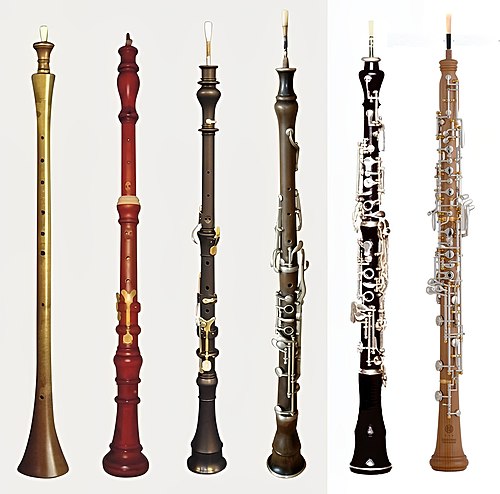
Baroque Oboe: Reviving Musical History
Stepping into the world of historical authenticity, the Baroque oboe takes us back in time. With fewer keys and a narrower bore, it echoes the sound of the past, preserving the essence of early music. Crafted meticulously to adhere to the aesthetics of its era, the Baroque oboe mesmerizes listeners with its raw and unadulterated tones, transporting them to bygone eras.
Classical Oboe: The Epitome of Elegance
Celebrated for its graceful appearance and timeless melodies, the Classical oboe delivers a balanced and refined sound. Its increased keywork enhances playability and extends its tonal range, making it a staple in orchestras and ensembles across genres. From expressive solos to intricate harmonies, the Classical oboe effortlessly weaves itself into musical tapestries, epitomizing elegance and versatility.
Modern Oboe: Pinnacle of Innovation
The Modern oboe embodies a blend of tradition and innovation, harmonizing contemporary designs with classic principles. With a broader bore and advanced key mechanisms, it produces a vibrant and vibrant sound. Renowned for its adaptability across genres, from classical to jazz, the Modern oboe continues to evolve, catering to the demands of modern compositions and performers.
Piccolo Oboe (Oboe Musette): The Whimsical Sprite
Adding a touch of whimsy and playfulness to compositions, the Piccolo oboe, also known as the Oboe Musette, enchants with its petite size and bright tones. Its high pitch and distinctive character make it a sought-after choice for sprightly melodies and folk-inspired music. The Piccolo oboe’s nimble nature allows it to dance effortlessly alongside other instruments, creating an atmosphere of joyful exuberance.
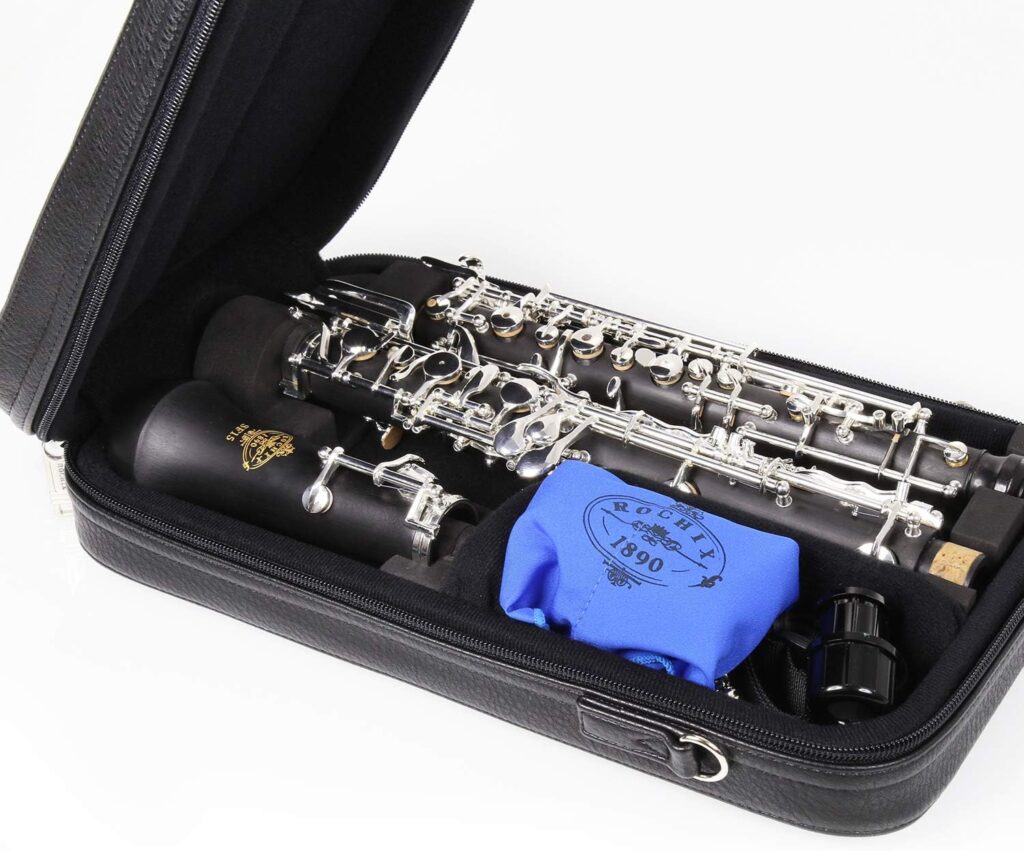
The Historical Symphony: Evolution of Oboes
Tracing Back to Ancient Times
The origins of the oboe can be traced back to ancient civilizations such as Egypt and Greece, where reed instruments laid the foundation for its development. These early prototypes gradually evolved into the woodwind wonders we know today.
Renaissance Resonance
During the Renaissance period, the oboe underwent significant transformations in design and construction. It began to garner attention as a versatile instrument capable of producing both melodic and harmonic elements, leading to its integration into various musical ensembles.
Baroque Brilliance
The Baroque era witnessed the oboe’s emergence as a prominent solo instrument. Innovations in keywork and bore design resulted in enhanced playability and a broader tonal palette. Its distinctive voice found its way into orchestras, chamber music, and opera houses, solidifying its place in musical history.
The Classical Evolution
As music evolved into the Classical era, so did the oboe. Key systems were refined, contributing to greater agility and precision. The oboe’s ability to convey emotions with subtlety and grace made it a favored choice for composers seeking to convey complex feelings in their compositions.
Modern Mastery
The Modern era ushered in a wave of innovation, as advancements in materials and manufacturing techniques elevated the oboe’s capabilities. The incorporation of new alloys, intricate key mechanisms, and refined acoustics catapulted the oboe into the realms of modern music, where it effortlessly transitions between genres and styles.

Crafting Melodies: The Art of Oboe Making
The creation of an oboe is a meticulous process that marries craftsmanship with acoustics. Each component, from the reed to the keys, is carefully designed and meticulously assembled to achieve the instrument’s desired tone and playability. Oboe makers employ a blend of tradition and innovation, drawing from centuries of expertise while embracing modern advancements.
FAQs about Types of Oboe
Q: Which type of oboe is ideal for beginners? A: The Classical oboe is often recommended for beginners due to its balanced sound and extended keywork, making it easier to learn and play.
Q: Are there any famous compositions featuring the oboe d’amore? A: Yes, J.S. Bach’s “Brandenburg Concerto No. 5” prominently features the oboe d’amore, showcasing its mellower and emotive qualities.
Q: Can the modern oboe adapt to non-classical genres? A: Absolutely! The modern oboe’s versatility shines in various genres like jazz, pop, and contemporary music, thanks to its adaptable sound.
Q: What distinguishes the baroque oboe from other types? A: The baroque oboe’s narrower bore, fewer keys, and historical design distinguish it, creating a distinctive sound reminiscent of its era.
Q: How does the piccolo oboe differ from the standard oboe? A: The piccolo oboe is smaller, with a higher pitch and brighter tone, making it suitable for lively and spirited musical passages.
Q: What role did the oboe play in early orchestras? A: The oboe played a crucial role in early orchestras, providing tuning reference and contributing to the ensemble’s rich harmonic texture.
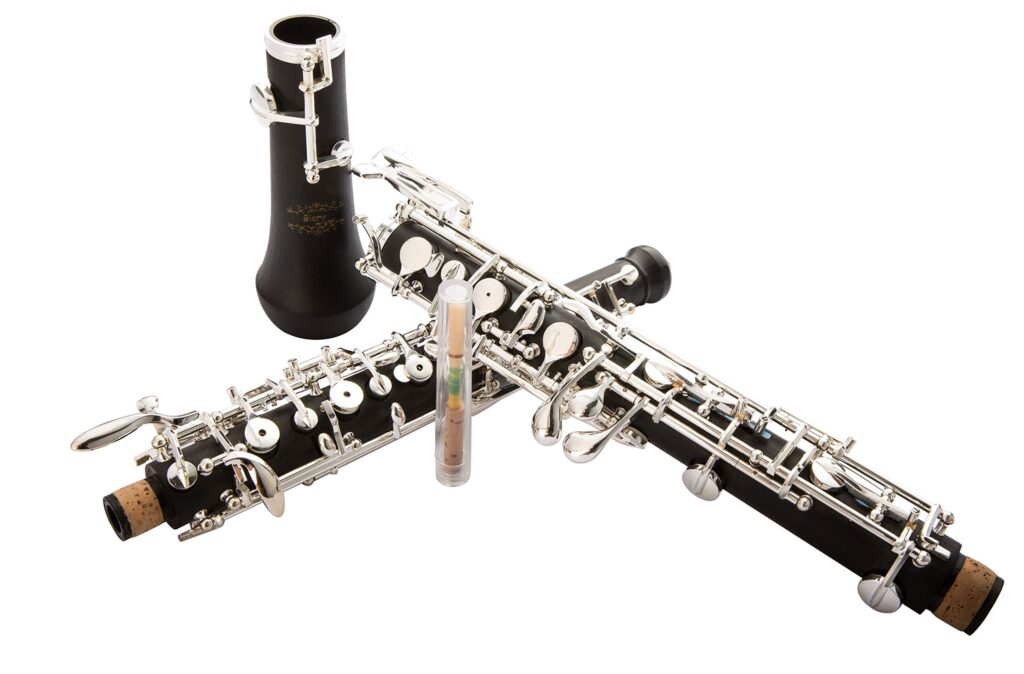
Conclusion
The journey through the diverse types of oboe has unveiled a world where craftsmanship, innovation, and historical resonance intersect. From the soulful Oboe d’Amore to the dynamic Modern oboe, each type enriches the musical landscape, offering a unique voice to composers and performers alike. As we celebrate these woodwind wonders, we embrace their enduring legacy and the melodic magic they bring to the symphony of life.

